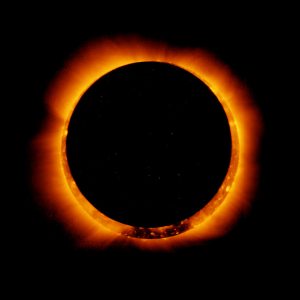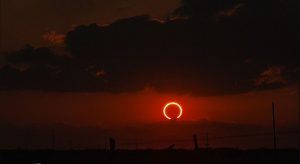During the Equinox which arrives today, the Astronomical spring is on the rise in the Northern Hemisphere.
The March equinox officially lands at 11.33 a.m EST, when our planet reaches the point in its orbit where its axis is not tilted towards the sun. In the next 24 hours, both the Northern and Southern Hemispheres will receive the same amount of sunlight.
We experience the seasons because of the Earth’s axis. With respect to the plane of our orbit, the axis is tilted by 23.5 degrees. Earth, moon, and major planets all orbit on the same approximate plane known as the ecliptic in our system.
The Earth orbits the sun in about 365 and a quarter days. Seasonal changes in different parts of the world are caused by the axis, which runs between our north and south poles. As spring and then summer arrive in the north, fall and then winter will arrive in the south.
Also read: Tiny robots that work like bees to study Moon in a first-of-its-kind mission
Today, daylight is equal in most parts of the world, lasting exactly 12 hours, but observers on the equator will see the sun directly overhead at noon. Enjoy the sunlight if you happen to be at the South Pole before the disc disappears behind the horizon for the fall.
In other parts of the Southern Hemisphere, daylight will be decreasing, indicating that the weather will begin to cool as winter approaches. Northern observers will notice that daylight hours will continue to increase in the coming months, accompanied by warmer weather.
The summer solstice, which occurs on June 21 at 5:14 a.m., is the next astronomical event to watch in the Northern Hemisphere. The tilt of the Earth’s axis will then produce the longest day in the Northern Hemisphere, after which the days will become shorter.
Also read: Researchers find 60 potentially habitable planets like Earth
The same day June 21 will mark the winter solstice in the Southern Hemisphere, resulting in the shortest day of the year. The days will gradually extend from there.






